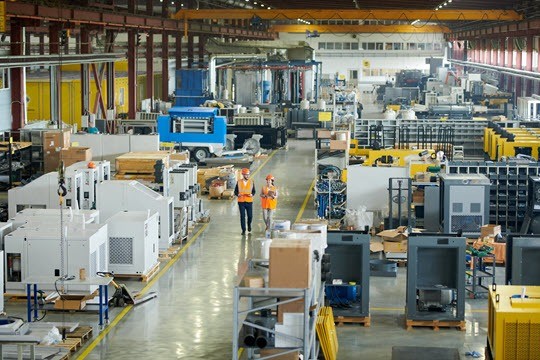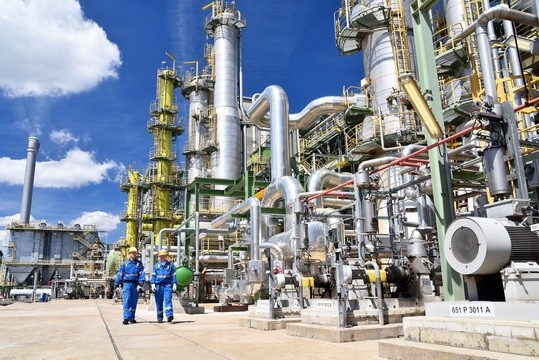Tip #1 — Use RFID Tags to Track Assets
A well-constructed RFID asset tracking system comprising RFID tags, readers, and software serves as a valuable tool for oil and gas firms, offering crucial insights to minimize disruptions and enhance financial predictability and overall performance.
RFID, or radio frequency identification, operates by utilizing electromagnetic fields to automatically track the location and movement of tags affixed to equipment, such as drill bits or pipe joints. This technology empowers field teams to read tags on each asset as they traverse from trucks to wellheads, facilitating seamless monitoring throughout the entire operational process.
Types of RFID Tags:
- Passive RFID Tags:
Passive tags draw their power from the RFID reader, making them a "simple apparatus." These tags are known for their durability and versatility, capable of being applied to a wide range of oil and gas assets irrespective of environmental or working conditions.
- Active RFID Tags:
Active tags have their own power source, typically a battery. These tags are equipped with the ability to transmit signals over longer distances and are often employed in scenarios where real-time tracking with extended range is crucial.
- Embedded Tag Protection:
Both passive and active RFID tags can be embedded within equipment, providing additional protection against extreme temperatures, UV rays, rain, and other hazardous conditions. This ensures the longevity and resilience of the RFID tags in challenging environments commonly encountered in the oil and gas industry.
Implementing RFID asset tracking systems in the oil and gas sector enhances visibility into asset movement and contributes to proactive maintenance, inventory management, and overall operational efficiency. By leveraging RFID technology, oil and gas firms can make informed decisions, reduce downtime, and ultimately optimize their financial performance in this highly dynamic industry.






